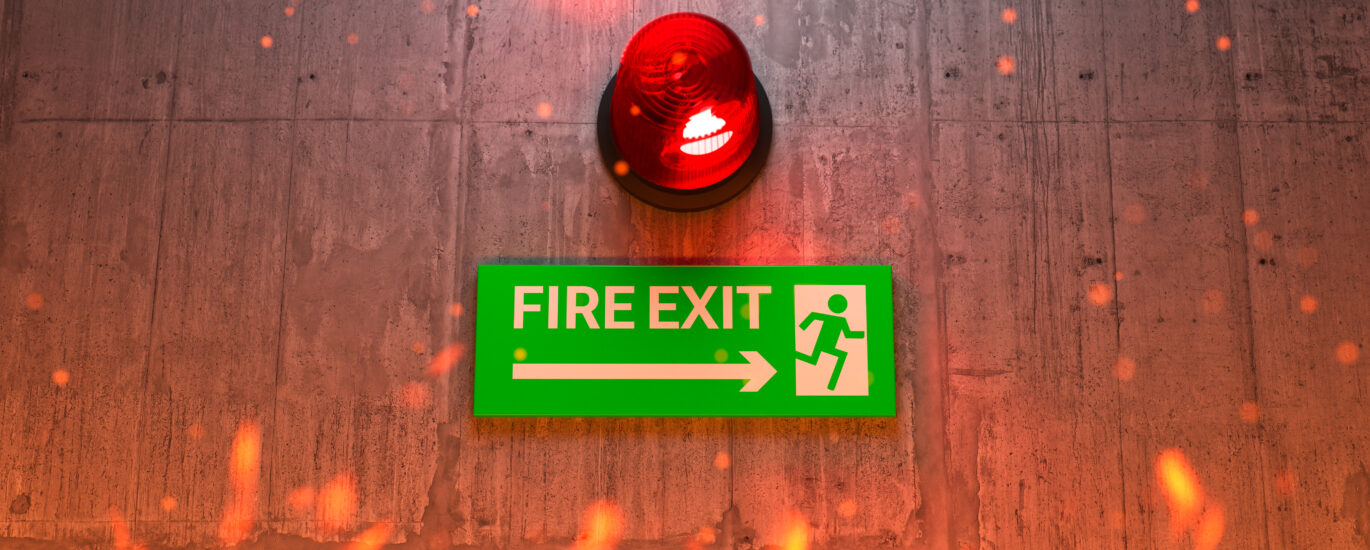In Pakistan, as in any other part of the world, the specter of fire hazards poses a serious threat to lives and property. In this blog, we delve into the annual statistics of fire-related incidents, the resulting losses, and explore strategies to mitigate these hazards effectively.
Understanding the Numbers:
Every year, Pakistan witnesses a significant number of fire incidents, leading to loss of life, property damage, and economic setbacks. According to recent data, the annual toll from fire-related incidents in the country is staggering, with thousands of reported cases. Tragically, lives are lost, and communities are left grappling with the aftermath of these devastating events.
Yearly Calculations:
- Fatalities: On an annual basis, hundreds of lives are lost due to fire incidents in Pakistan. Whether in residential areas, industrial zones, or commercial spaces, the toll on human life is a stark reminder of the urgent need for comprehensive fire safety measures.
- Economic Losses: The economic impact of fire incidents cannot be understated. Yearly calculations reveal substantial losses in terms of property damage, business closures, and the burden on public resources for firefighting and rehabilitation efforts.
Strategies to Decrease Fire Hazards:
- Public Awareness Campaigns: Initiating and sustaining public awareness campaigns is vital in educating individuals and communities about fire safety. These campaigns can cover topics such as safe practices, emergency evacuation procedures, and the importance of early detection through fire alarms.
- Stringent Regulatory Measures: Strengthening and enforcing fire safety regulations for residential, commercial, and industrial buildings is crucial. Regular inspections, mandatory compliance with safety standards, and penalties for non-compliance contribute to a safer built environment.
- Investment in Fire Infrastructure: Adequate investment in firefighting infrastructure, including well-equipped fire stations, modern firefighting equipment, and trained personnel, is essential. The ability to respond swiftly and effectively to fire incidents can significantly minimize the extent of damage.
- Community Training Programs: Empowering communities with basic firefighting skills can make a substantial difference in the early stages of a fire incident. Training programs on the proper use of fire extinguishers, evacuation procedures, and basic first aid can be conducted at the community level.
- Technological Advancements: Embracing technological advancements, such as smart fire alarm systems, surveillance cameras, and automated suppression systems, enhances the speed and efficiency of response. Real-time monitoring and data analytics can also aid in predictive measures to identify potential fire hazards.
Conclusion:
The yearly toll of fire hazards in Pakistan demands a collective and proactive response. By understanding the statistics, acknowledging the losses, and implementing effective strategies, we can work towards reducing the impact of fire incidents. Through public awareness, regulatory measures, community engagement, and technological innovation, Pakistan can forge a path towards a safer future, where the devastating consequences of fire hazards are minimized, and lives and property are protected.



